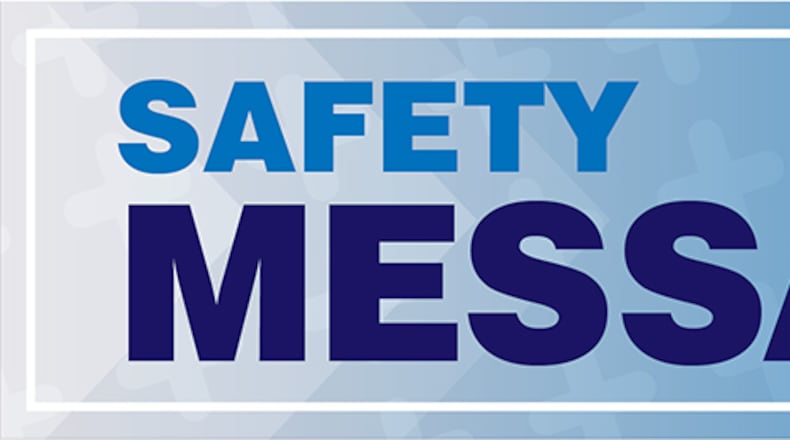Ergonomically sound tools and habits are key to an efficient working environment. One of those primary habits is regular stretching.
Stretching is beneficial to the body’s overall health and plays a role in reducing musculoskeletal disorders among employees. According to the U.S. Bureau of Labor Statistics, musculoskeletal disorders account for more than 600,000 injuries and illnesses and 34 percent of all lost workdays.
Stretching enhances ergonomic improvement, team training and injury-prevention processes. When muscles are stretched, blood supply increases, soft-tissue structures realign and muscle coordination strengthens.
Be sure to take frequent, short breaks to stretch while in your workplace and consider taking the time to practice relaxation techniques as well. Take a step back between tasks to stretch out tense muscles, relax and take a few deep breaths.
Deep breaths supplement oxygen to the blood, which aids in relaxing muscles and maintaining mental alertness.
Stretching neck, shoulders
· The shoulder shrug relieves early symptoms of tension in shoulders and neck. Raise your shoulders toward the ears until feeling slight tension and then relax. Repeat two to three times.
· The head glide stretches your chest, neck and shoulder muscles. Sit upright or stand tall and look straight ahead. Slowly tuck your chin as you glide your head backward over your body. This stretch will give the feel of a double chin. Repeat five times, 20 seconds each.
· The shoulder roll relaxes your shoulder muscles. While inhaling, slowly raise your shoulders toward your ears and roll backward in a circular motion five times. Repeat in the opposite direction.
Stretching hands, forearms
· The forearm stretch will stretch the wrist and arms. Place your elbows on a flat surface with your palms together, lower wrists toward the desk and the elbows will move outward as the forearms stretch. Repeat three times, relaxing between each stretch.
· The wrist stretch will loosen the wrist and relax the fingers. Bend your wrist down and grasp with your opposite hand to stretch down. Bend the wrist up by pushing your fingers back toward shoulder. Repeat three times.
Stretching the back
· The side stretch will have you interlace your fingers and lift arms overhead, keeping elbows straight. Lean left and right to stretch out your sides.
· The upper backstretch will have you hold the right arm with your left hand just above the elbow, pushing your elbow toward the left shoulder. Repeat on opposite side.
· Standing backbends stretch the hips and joints in the lower back. Place hands on your hips and slowly bend backward. Hold for 3 seconds and repeat five times.
Take deep breaths to reduce tension
Take a moment after stretching to practice breathing exercises and release tension.
· Inhale slowly through the nose, expanding abdominal muscles to fill lungs with air. Tighten muscles with exhale, pushing breath out. Continue for 3 to 5 minutes.
· Sit in a comfortable position, close your eyes and make tight fists. Hold fists for 5 seconds and then relax your hands, repeating up to five times. Repeat with other tense muscles groups. For example, contract and relax your thighs.
· Reduce eyestrain caused by continual concentration on one object, such as a computer monitor, by looking away for a few moments. Looking away from normal surroundings can ease and relax strained eyes.
Keeping up with good stretching habits at work will improve attentiveness, reduce stress and help prevent injury in the workplace. Keep these and other stretches in your toolkit to have a productive day at work.
For more information on stretching exercises, visit the National Institutes of Health at www.ors.od.nih.gov/sr/dohs/HealthAndWellness/Ergonomics/Pages/exercises.aspx/.
About the Author
